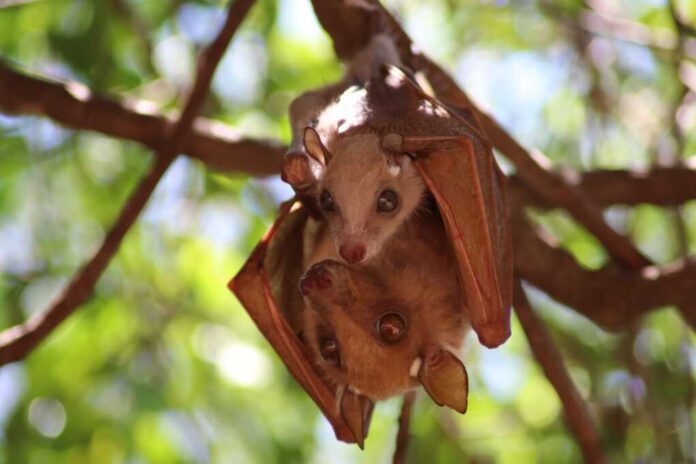
Teen bats are emerging as the unexpected rock stars of the virus world, and scientists are paying close attention to their curious habits.
At a Glance
- Young bats are highly susceptible to co-infections, potentially leading to new virus strains.
- University of Sydney’s study is one of the most comprehensive on bat coronaviruses.
- Six coronaviruses were identified, three of which were previously unknown.
- This research provides crucial insights for future pandemic prevention.
Why Teenage Bats Are the New Virus Trendsetters
Teenage bats, specifically the black flying foxes and grey-headed flying foxes, are under the scientific microscope for their role in virus evolution. Researchers from the University of Sydney have revealed that these young bats are not just moody and rebellious; they are also prone to catching multiple viruses at once. This high rate of co-infection makes them prime candidates for spawning new viral strains.
The young bats’ social behavior, combined with their developing immune systems, makes them particularly vulnerable. They gather in large colonies where viruses spread like gossip at a high school reunion. This observation has led scientists to focus on this demographic as potential harbingers of future viral threats.
Young Infected Bats May Drive New Coronavirus Strains: Research https://t.co/TPyVp9AwKe #Coronavirus #Bats #Research #Infections #Wildlife pic.twitter.com/znU5fXp58e
— RTTNews Top Stories (@RTTNews) July 23, 2025
The University of Sydney’s Groundbreaking Study
The University of Sydney embarked on this extensive study in 2020, just as the world was grappling with the COVID-19 pandemic. Over three years, scientists collected more than 2,500 faecal samples from five different roost sites in Australia. This effort aimed to map out the viral landscape within bat populations and pinpoint the dynamics of coronavirus emergence.
Dr Alison Peel and Dr John-Sebastian Eden led the research team. They discovered six different coronaviruses circulating among the bats, including three new strains that had never been documented before. These findings, published in *Nature Communications*, provide a detailed snapshot of virus activity in these flying mammals.
Implications for Public Health and Conservation
The study’s findings have significant implications for both public health and conservation efforts. Short-term, the research provides a framework for targeted surveillance of bat populations, particularly focusing on young bats during peak co-infection periods. Long-term, it enhances our predictive capabilities regarding the emergence of new coronaviruses.
Understanding these dynamics is crucial for developing early intervention strategies to prevent zoonotic spillovers—when viruses jump from animals to humans. This research could guide public health officials in creating more effective monitoring and prevention programs to mitigate future pandemic risks.


















